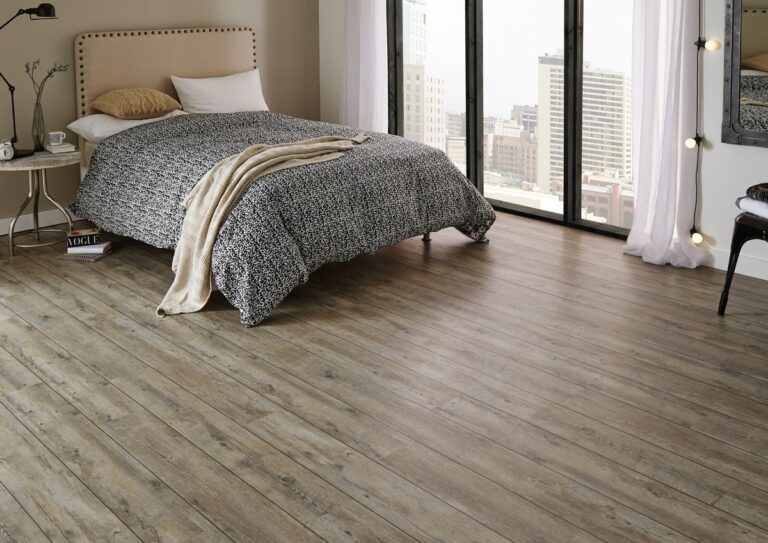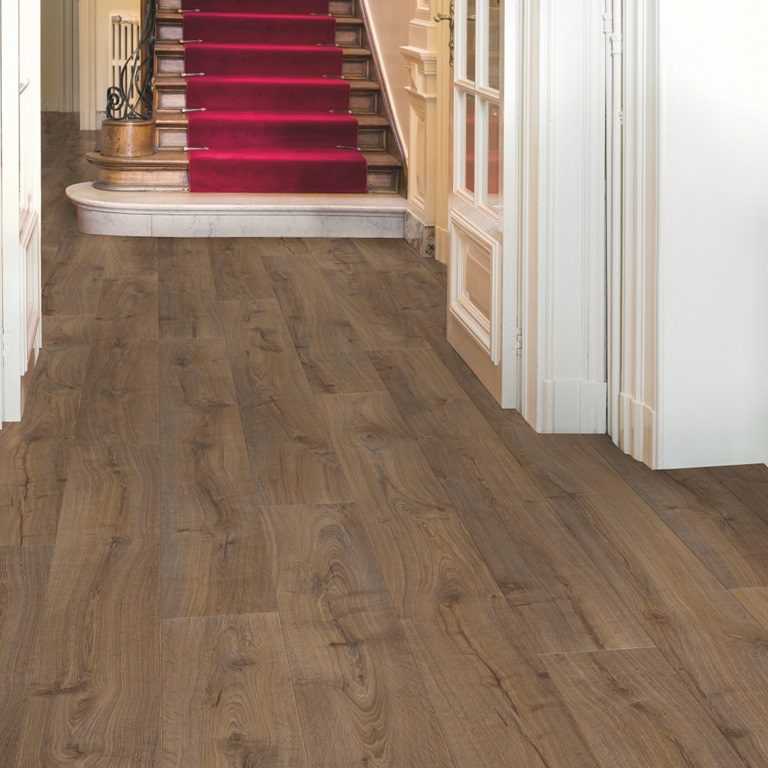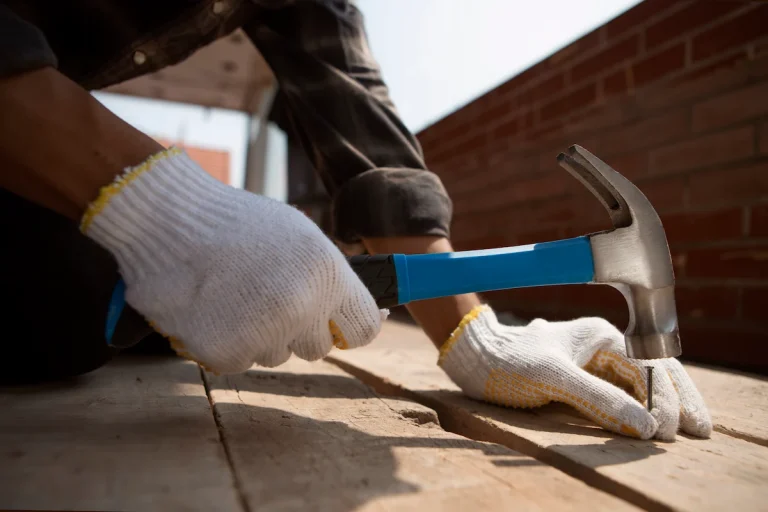As winter chills set in, cold floors can make your home feel less welcoming. Learning how to keep floor warm in winter is key to maintaining a cosy, comfortable space. Different flooring types such as laminate, carpet, engineered wood, LVT, carpet tiles, and cushion vinyl tiles, require specific approaches to retain warmth. This guide explores effective warm flooring solutions to ensure your floors stay toasty throughout the colder months.
Why Floors Get Cold in Winter
Before exploring solutions, it’s important to understand why floors lose heat. Materials like laminate, LVT, or engineered wood can feel cold due to poor heat retention, especially if uninsulated subfloors allow cold air to seep through. Carpets and softer materials fare better but still need attention. By addressing each flooring type, you can implement targeted winter floor insulation strategies.
How to Keep Floor Warm in Winter for Each Flooring Type
To effectively tackle how to keep floor warm in winter, each flooring type demands a tailored approach that considers its unique properties. From hard surfaces like laminate and LVT to softer options like carpet and carpet tiles, the right combination of insulation, heating, and accessories can make a significant difference. Below, we break down specific warm flooring solutions for each type, ensuring your home remains comfortable and energy-efficient throughout the winter season.
1. Laminate Flooring
Laminate flooring, while stylish and durable, often feels cold in winter due to its thin structure. To master how to keep floor warm in winter with laminate, install a high-quality underlay, such as foam or cork, to add insulation. Electric underfloor heating pairs well with laminate, providing consistent warmth. Adding thick area rugs further enhances winter floor insulation, trapping heat and improving comfort. Ensure the subfloor is sealed to prevent draughts, making this a practical warm flooring solution for laminate homes.
2. Carpet Flooring
Carpets are naturally insulating, making them ideal for heating floors in winter. To maximise warmth, choose high-pile carpets with a thick underlay, such as felt or rubber, to boost insulation. Regular vacuuming prevents dust from reducing the carpet’s heat-retaining properties. For extra warmth, place rugs in high-traffic areas. This approach simplifies keeping floors warm, as carpets naturally excel at retaining heat compared to harder surfaces.
3. Engineered Wood Flooring
Engineered wood offers the beauty of hardwood with better stability, but it can still feel chilly. To keep floors warm with engineered wood, use a thermal underlay during installation to reduce heat loss. Electric underfloor heating is compatible with most engineered wood, providing an efficient way to heat floors in winter. Adding rugs with insulating underlays in living areas further enhances warmth. Sealing gaps around floor edges is crucial for effective winter floor insulation in engineered wood homes.
4. LVT (Luxury Vinyl Tile) Flooring
LVT flooring mimics wood or stone but can feel cold without proper insulation. To address how to keep floor warm in winter with LVT, install a foam or cork underlay to improve heat retention. LVT flooring is highly compatible with both electric and water-based underfloor heating systems, making it a top choice for warm flooring solutions. For a budget-friendly option, place heated floor mats in key areas like bathrooms. Sealing subfloor gaps ensures LVT retains warmth effectively.
5. Carpet Tiles
Carpet tiles offer flexibility and moderate insulation, ideal for modular flooring needs. To enhance warmth, choose carpet tiles with a high pile and pair them with an insulating underlay. This combination supports keeping floors warm by trapping heat effectively. Regularly replace worn tiles to maintain insulation, and consider adding rugs for extra warmth in colder rooms. Carpet tiles are a practical choice for heating floors in winter, especially in offices or rented spaces.
6. Cushion Vinyl Tiles Flooring
Cushion vinyl tiles flooring provide a soft, budget-friendly flooring option but can feel cold without intervention. To keep floors warm, install a thick underlay, such as foam, to boost insulation. While underfloor heating is an option, heated floor mats are a more affordable way to warm specific areas. Adding rugs in high-traffic zones further improves winter floor insulation. This approach makes cushion vinyl tiles a viable option for those seeking warm flooring solutions on a budget.
Additional Tips for All Flooring Types
- Seal Draughts: Check for gaps around floor edges, windows, and doors, sealing them with caulk or weatherstripping to prevent cold air infiltration.
- Use Thermal Curtains: Floor-length thermal curtains reduce heat loss through windows, indirectly helping keep floors warm.
- Maintain Heating Systems: Service radiators or central heating to ensure efficient heat distribution, supporting all flooring types.
Maintenance for Lasting Warmth
To sustain your efforts in how to keep floor warm in winter, regularly inspect underlays and insulation for wear, clean carpets and rugs to preserve their insulating properties, and service underfloor heating systems annually. For hard surfaces like laminate, LVT, or engineered wood, ensure subfloors remain sealed and free of moisture. These steps extend the effectiveness of your warm flooring solutions across all flooring types.
Conclusion
Mastering how to keep floor warm in winter transforms your home into a cosy haven, regardless of your flooring type. Whether you have laminate, carpet, engineered wood, LVT, carpet tiles, or cushion vinyl tiles, tailored strategies like underfloor heating, insulating underlays, and rugs ensure warmth. By following this winter floor insulation guide, you can enjoy a comfortable, energy-efficient home, keeping your floors toasty all winter long.
Transform your home into a warm, inviting sanctuary this winter by choosing the right flooring with TEKA Flooring. Whether you’re considering laminate, carpet, engineered wood, LVT, carpet tiles, or cushion vinyl tiles, our expert team can guide you to the best warm flooring solutions tailored to your needs. Visit Teka Flooring to explore our range and consult with us on how to keep floor warm in winter, ensuring a cosy, energy-efficient home all season long.
































